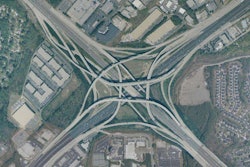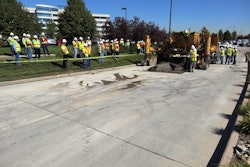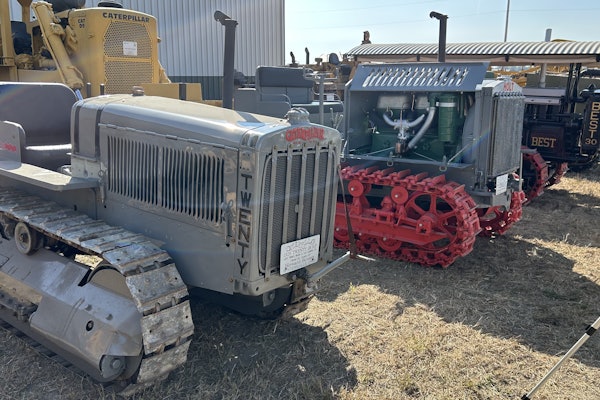The Pennsylvania Rapid Bridge Replacement Project is working to replace 558 structurally deficient bridges in the next three years through a public-private partnership (P3), Government Technology reports.
In order to meet the strict guidelines for design reviews and specific types of required responsiveness, the Pennsylvania Department of Transportation (PennDOT) started searching for a way to modify its legacy document management solutions. What it found was e-Builder Enterprise, which manages capital program costs, schedules and documents, allowing owners to measure and manage projects from planning and construction to operations.
“Due to the complexity of this project — requiring the replacement of 558 bridges in short succession and involving a number of outside contracted parties — it was important that the project management software used could easily and clearly share updates on where each phase of planning and execution stood, and what needed to be done next,” Ron Antevy, e-Builder’s president and CEO told the news agency.
PennDOT’s project goals were to:
- Expedite delivery of replacement bridges;
- Design, build and maintain bridges using high-quality, cost-effective and sustainable technical solutions;
- Design, build and maintain bridges in an environmentally sound manner that ensures the safety of the traveling public and minimizes environmental impacts;
- Minimize the duration of public inconvenience during construction and maintenance of bridges;
- Undertake work on a whole-life management basis to ensure that bridges are handed back in a suitable condition; and
- Minimize the cost and funds required to design, build, finance and maintain the project.
“The realization of all of these goals will result in better mobility, safer travel and increased value to the residents of the commonwealth,” Mike Bonini, director of PennDOT’s P3 Office, told Government Technology. “The department expects to receive high-quality bridges at the end of the term that may have reduced maintenance costs through the useful life.”
More than 450 users might need access might need access to the solution, and there may be numerous types of design submissions, each with different subtypes.
“Each step of the process is accounted for so that at a programmatic level, the department can analyze trends to ensure that the process for reviews is operating as efficiently as possible,” Bonini told the news agency. “This is a powerful feature of the solution that has allowed the department to, in the spirit of ongoing improvement, constantly evaluate and adjust internal procedures to gain efficiencies.”
According to the news agency, the project requires that each of the 558 bridges be maintained for 25 years after they are built, after which, a bridge’s condition must be rated at a seven or higher.
“The net result will be reduced maintenance costs for those bridges,” Bonini told the news agency, “allowing the department to focus its efforts on other critical needs.”














